In the hail of questions: Sebastian Manecke
The strategy is crucial to success. Waiting where fish pass is one of the secrets of successful canal fishing. As long as the carp motorway may be, if you have chosen a strategically favorable place and are tactically optimally positioned, sooner or later you will be successful in carp fishing on the canal. Sebastian Manecke is a child of the canal, spent his childhood in close proximity to the carp motorway and appreciates fishing on this sometimes monotonous type of water. “Carp fishing on the canal is like tennis, you look to the left, you look to the right. Over and over again”. We accompanied the likeable 33-year-old on his trip to the canal. He showed us spots that didn’t look like any and explained his point of view. Carp fishing on the canal – strategically good and tactically smart.
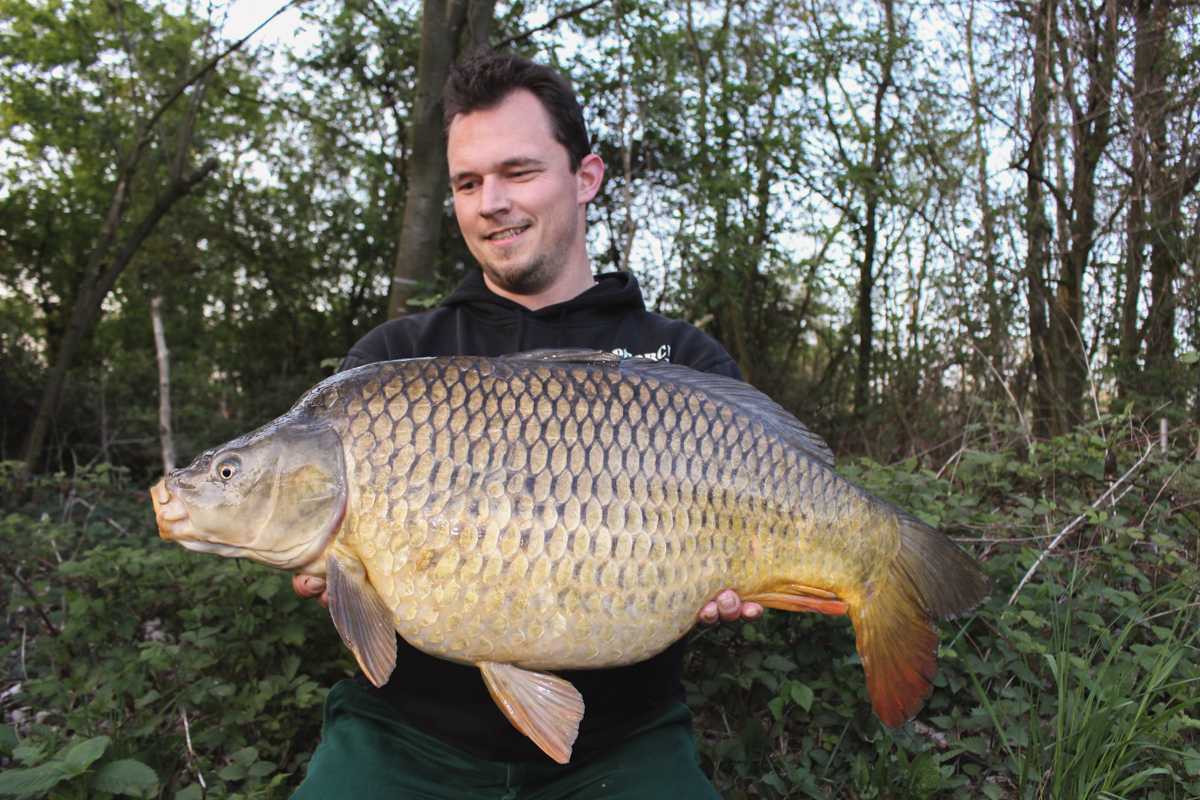
Carp fishing on the canal – a very special kind of fishing, but no less exciting. Would you like to briefly introduce your canal fishing and explain to us how your passion was awakened? Was it more of a necessity, or was it one of your goals before you switched to the carp highway?
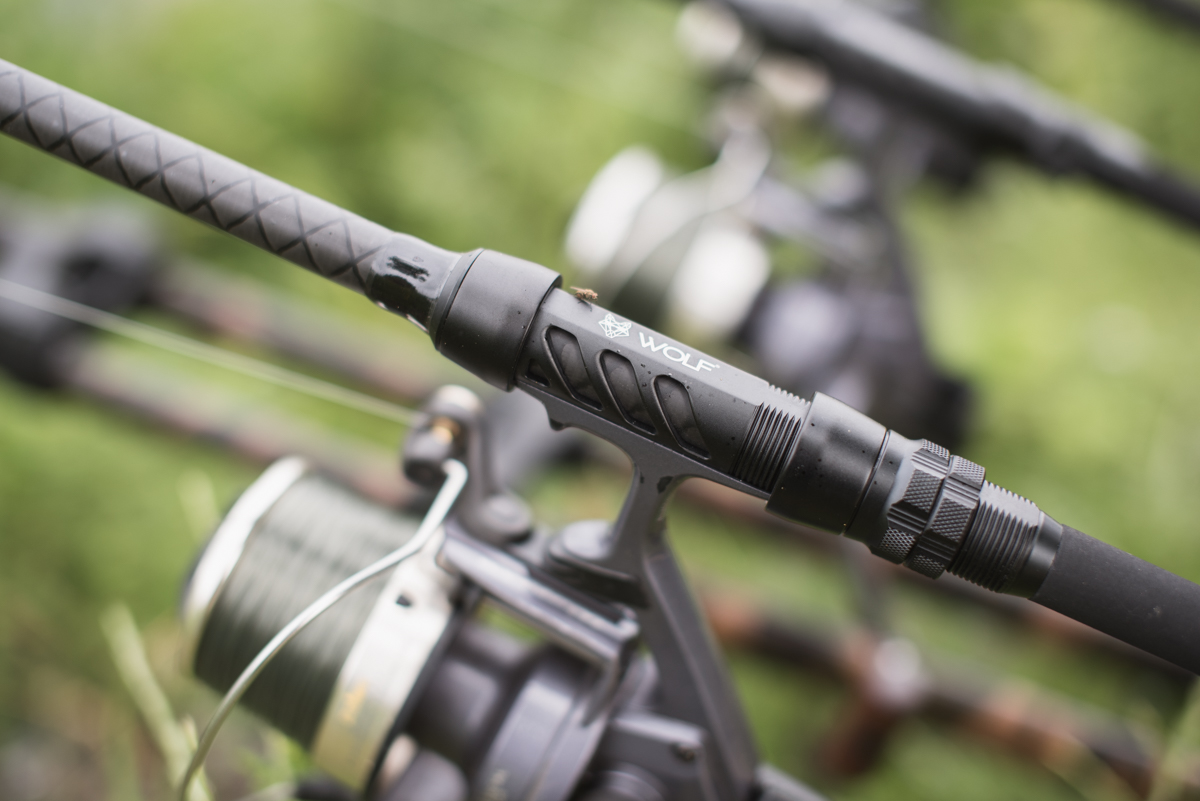
That did not arise out of necessity. There are 103 meters between the garden fence of my parents’ house and the stone packing. So I never had a fair chance to get past the canal. I probably spent the first thousand hours on the canal in a stroller, then on foot, on my bike, ice skates and so on. The first secret beer and the first black angler experiences followed. Caught once, caught twice, and then finally old enough for the fishing license. Then for a few years I lost sight of the gutter. After chasing the carp in some of the lakes, at some point I was drawn back. We have had an on-off love-hate relationship ever since. At times I spend a lot of time on the canal. Fed up and then there will only be a break for a few years. I appreciate the balance between the tranquility in the humane wilderness and the industrial romance smothered by the stink of diesel!
What criteria do you use to choose a spot? People always say that channels are monotonous. What’s your strategy?
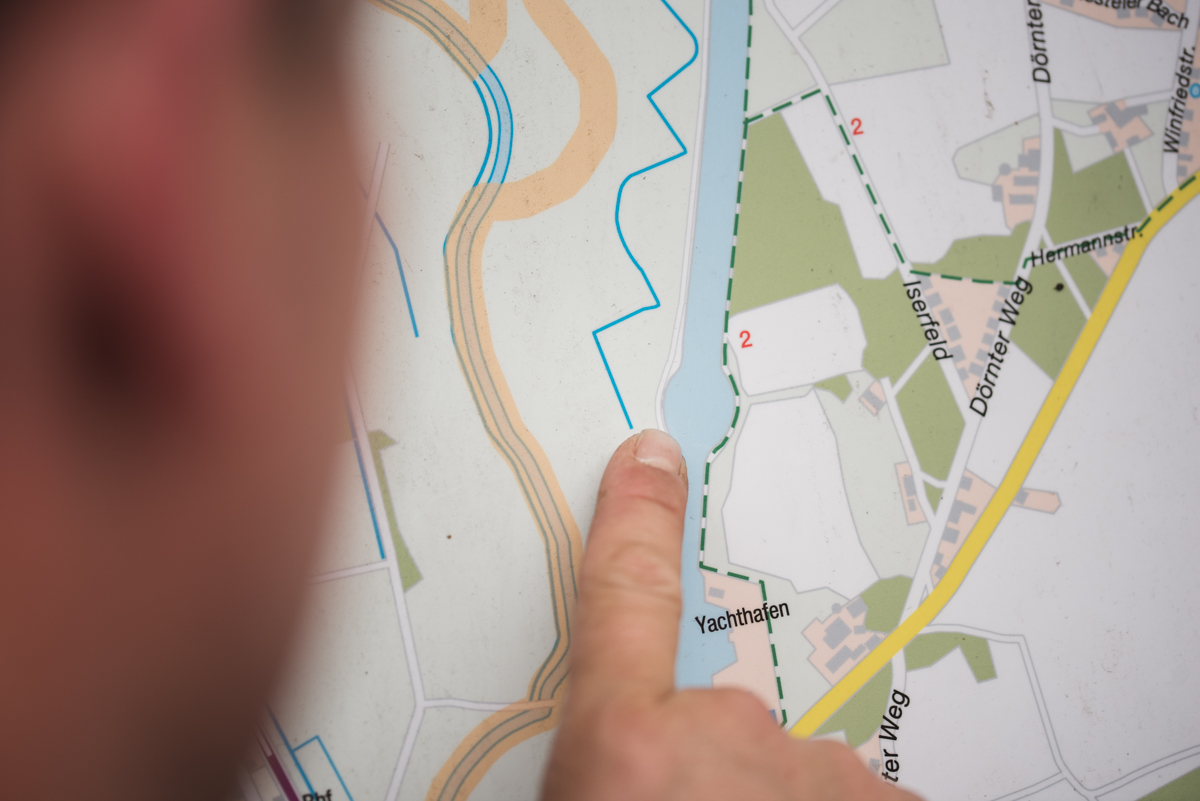
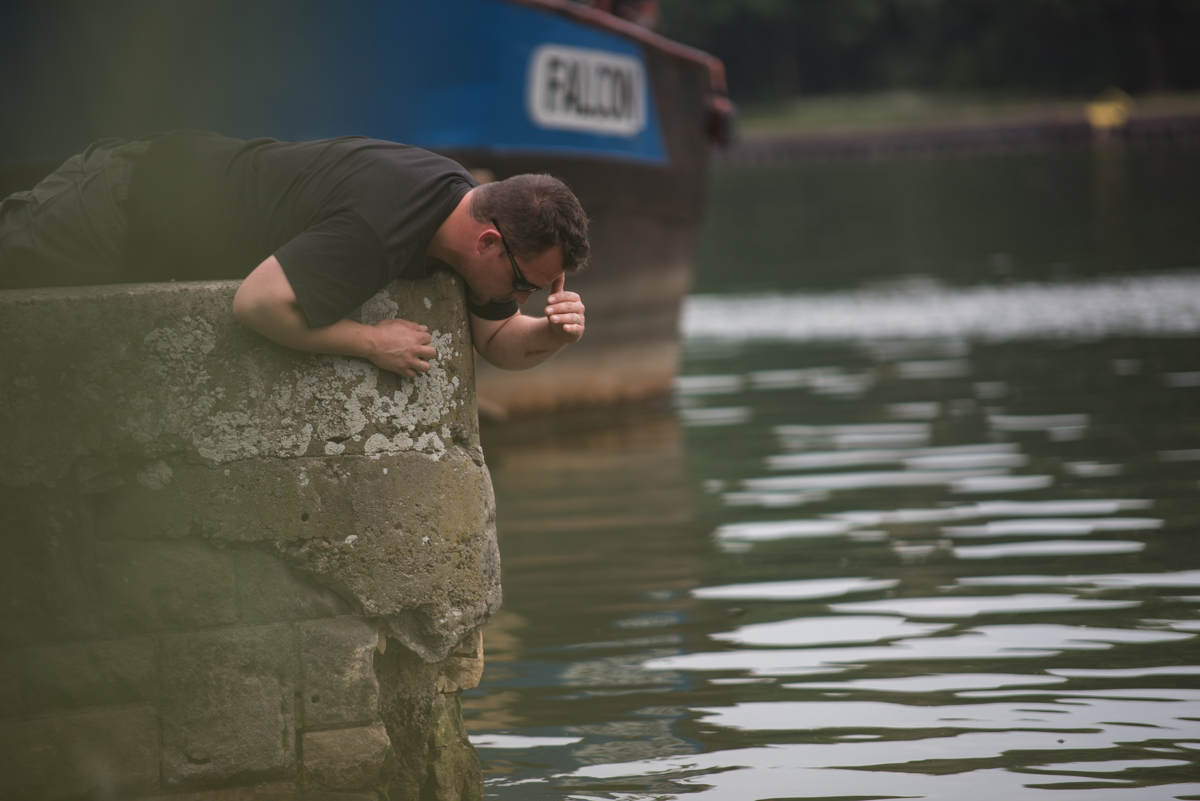
Basically, I differentiate between instant and feeding place fishing. Most of the time, I avoid the stretches that are really monotonous in both cases. You can certainly catch fish there, too, but quite inefficiently. Probably just as demanding as selling insurance on the platform. Travelers are hard to stop. Fortunately, such routes are very rare in our region. Actually, something interesting can be found every few kilometers.
When instant fishing, possibly even for a few hours, it is extremely important to look for the fish. Kevin Maddocks once wrote (freely quoted) in his book “Carp Fever”: “If you have ten hours, it makes more sense to look for eight and fish for two hours in the right place than to search briefly and long in the wrong place Place to waste! ”Very applicable, not just on the gutter!
I prefer to set up a feeding place in not so obvious places. Also on the route between two adjacent, interesting Spods.
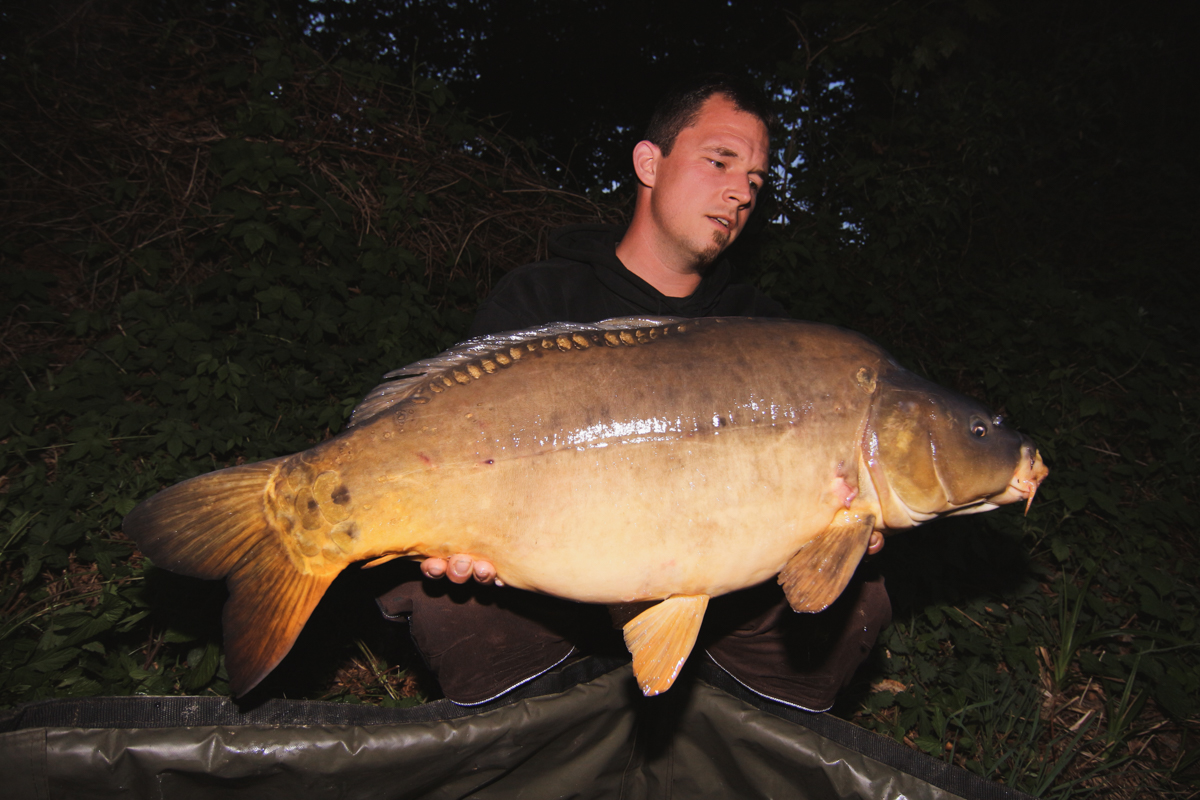
Ah I understand. So you choose places that are between two different holding areas. That can be harbors or turning basins, right?
Yes exactly! All places where the carps are not so exposed to the “cutter stress”. If these are only a few kilometers apart, the fish regularly commute back and forth. Locks or similar dead ends are always cool. But for the same reason it makes sense not to fish directly in front of it. On the one hand, the direct vicinity of the locks is also fished more intensively and, on the other hand, you can catch migrating fish on the way there and back if you fish a kilometer or two in front of it.
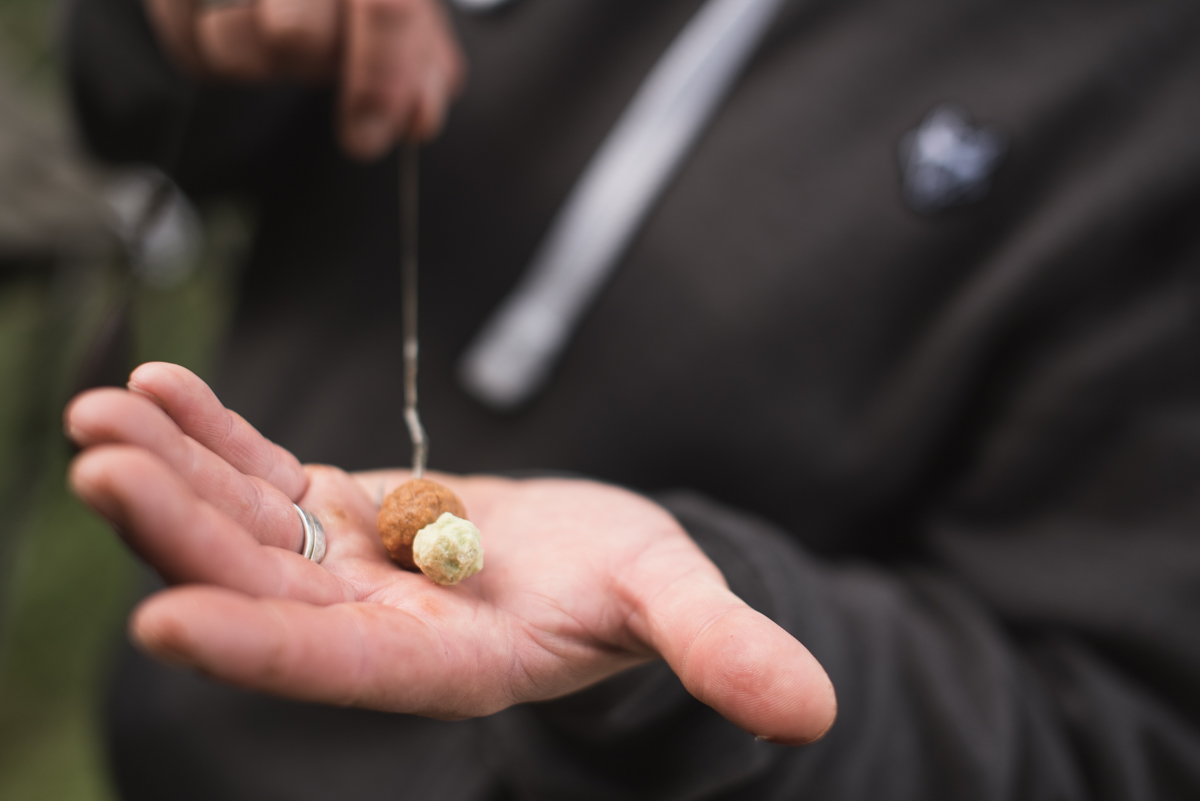
That means that you choose strategically favorable places and only then look at which soil profile you are dealing with here? How important is it to pay attention to the structure of the bottom when fishing for carp on the canal?
Yeah right! Without a marker rod you shouldn’t go out of the house at all! Basically, this is just as important as it is at the lake, just a little easier (at least in theory). The fish look for food where it remains. At the foot of the edge of the fairway, in depressions in front of the sheet pile wall, between stones or in areas that the suction of the ships does not reach.
Broadened sections or wide outer curves are interesting. There the bank is often flatter and the ships and push convoys generate significantly less current than in the narrower areas. Often there are herb fields there and the washed up food is not pulled away again immediately.
In front of moorings, “resting places” or loading points, often lined with sheet piling, it is interesting to tap the ground with a rod and heavy lead. So you can find the sinks that are washed into the floor by the screws when large, fully loaded pots maneuver, park or put down. However, they are mostly here today and there tomorrow …
And then you tension the canal completely, i.e. on your side, in the middle and on the opposite side? How do you deal with shipping traffic if you are also fishing the opposite bank?
Not necessarily. I try to cover as much of the entire width as possible, but not unconditionally. Makes sense insofar as the fish do not move across the full width, but sometimes on one side and sometimes on the other.
As long as I don’t sleep and recognize enemy contact early enough, I also span the entire width. But when the traffic is too extreme, laziness often wins and I only fish to the middle.
Then do you lower your cords?
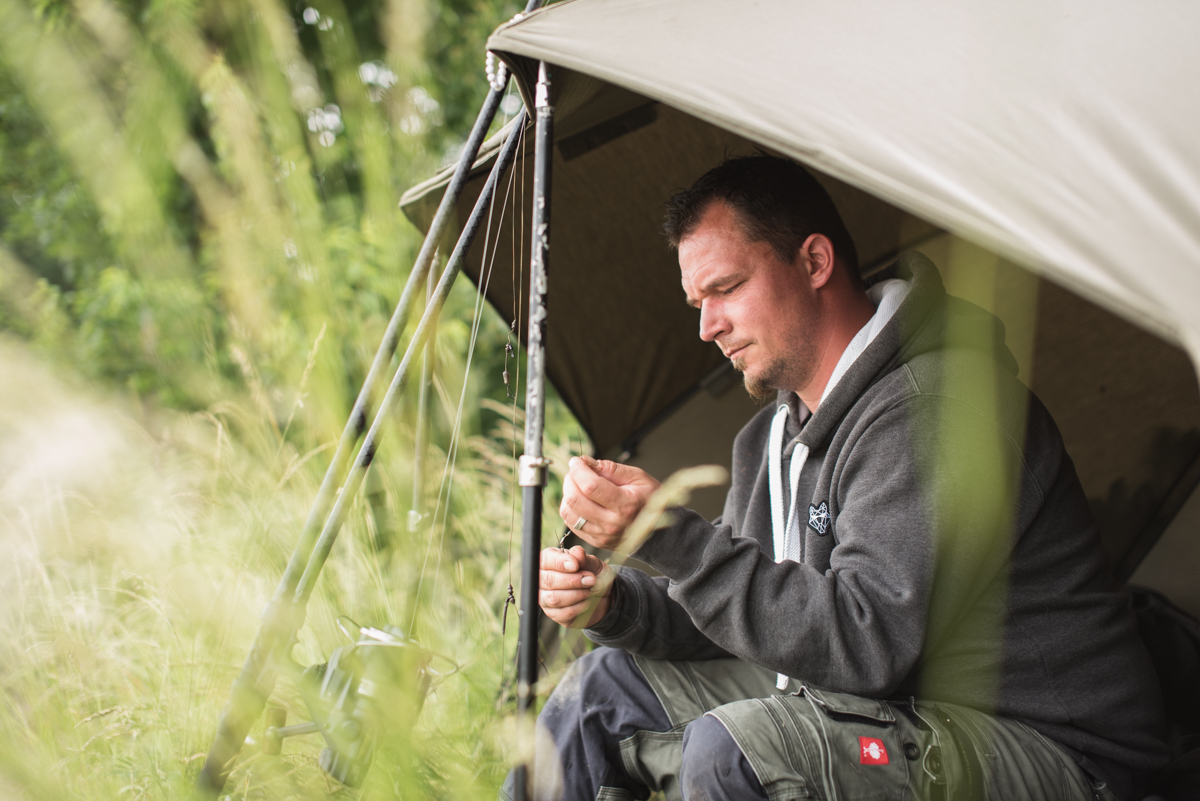
Clear NO! It is too dangerous for me to bring the cords to the ground over a longer length. The risk that the line will come too close to the stone packing, which is often littered with triangular clams, is too great for me. Likewise, the risk of getting stuck increases extremely when the suction of the ships pushes the lowering devices into the stones. In addition, there is all the rubbish and rubbish that lies on the ground in easily accessible places. From car parts to bicycles, cash boxes, cigarette machines to shopping trolleys and other retractable bulky waste, we’ve found almost everything in the canal.
I know some people lower. But I prefer to put my rods a little higher on the stone pack.
A very effective canal trick is to cast up to a hundred meters from your rods. The more parallel the lines run to the fairway, the less surface the current of the passing ships has. So you can actually fish right into the middle of the fairway even when there is a lot of traffic. Even deep, fully loaded barges run over the assembly and you often don’t even get a single beeper.
Back to your strategy again. Do you think carp orient themselves at prominent points, or why are the stretches between the different particularly prominent points of a canal particularly interesting?
I can only guess whether the carp from the two holding areas located next to each other commute from one to the other. It could just as well be the case that they only swarm left and right out of their turning basin or marina. What speaks in favor, however, is that you have more irregular biting times in closer proximity to these points. The further away you go fishing, the more I get the impression that the biting times at night and early in the morning are concentrated when the ship traffic decreases somewhat. Is only a personal impression and a gray theory, but it would underline the difference between swarmers and commuters.
If the fish are in the harbors, why do you not fish directly in the harbor, but at a distance?
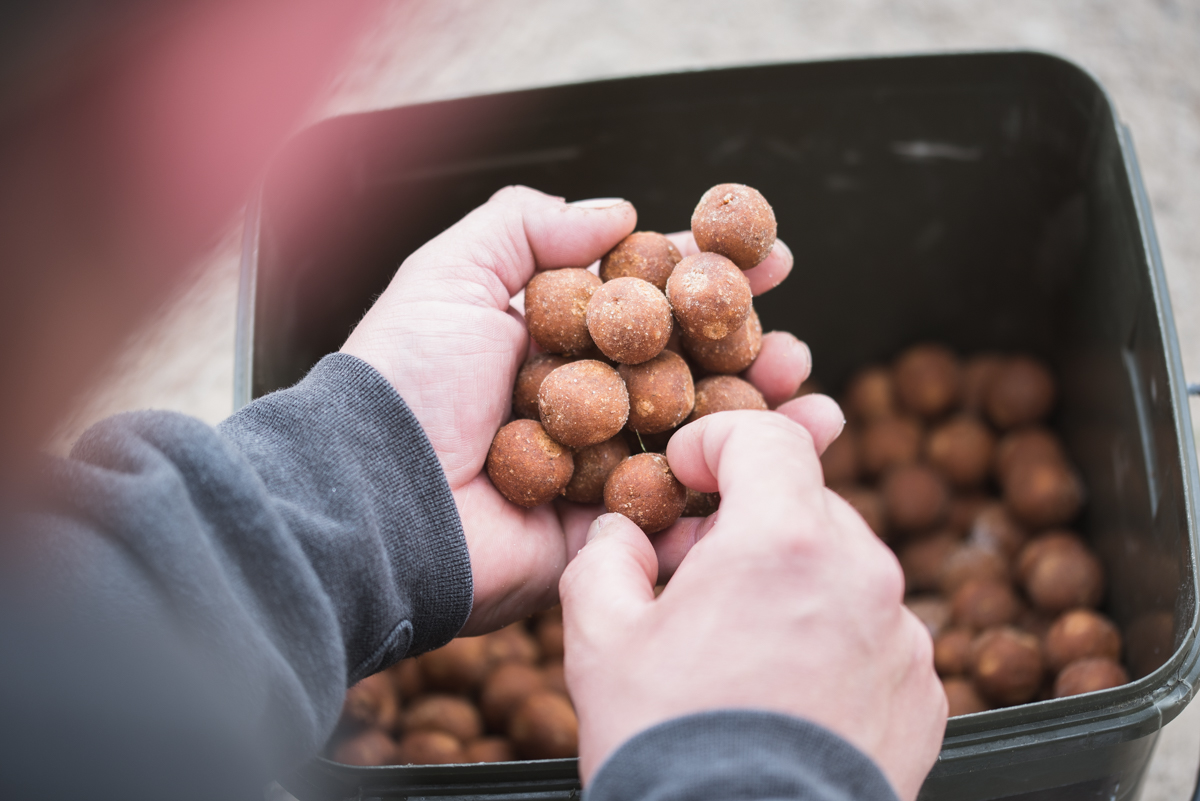
Instantly, I actually do. But I would never create a feeding place there! Such corners are usually much more frequented because they are easier to reach and people fish here when they see them. This not only appeals to us, but to all other anglers too. “On the track” or a little off the beaten track, I have my peace. If the journey is still long and arduous, perfect! The carp come by there and are fished less often than at the obvious hotspots. Another reason is that we now have to keep a certain distance from many interesting spots. The guys in the harbors sometimes react a little allergic when an assembly hits the galley of their quarter-million-euro yacht after a failed throw …
Do you feed regularly or what are your tactics for preparing food?
In general, I only start creating feeding grounds after the spawning season or in late summer. Keeping a place under feed all year round made no sense to me because of time constraints and other projects. Most campaigns last between two and six weeks.
I always feed in the late evening. However, for reasons of time, as it suits my daily schedule better. In addition, there are significantly fewer eyes on the move. I consider the theory that you should feed after the last ship in the evening as a Qutsch. After the pot, is before the pot and the last one always only comes when your bucket is empty! Iron Canal Rule !!!
What measure can you give our readers and especially how regularly and for how long should you use your feeding places?
I can only speak for my angling and only for the canals that I have already fished and I don’t know whether this will work as a blueprint for all other canals … When you have found a suitable spot and set up a feeding place, you should try at least two Feed every other day for weeks. The shorter the time, the more regularly I feed. If you skip a day or postpone feeding after several weeks, no carp will be immediately offended.
If you do that after the first week, things can look different. In terms of volume, there isn’t much that can go wrong unless you are too stingy. I don’t go to scatter three kilos of boilies. Because you have to take care of all the blackheads, the coarse trowel is already attached.
Exciting! One last question – what myth can you tell future canal anglers that many think, but which is basically not what you always think?
Ohhhh there are some!
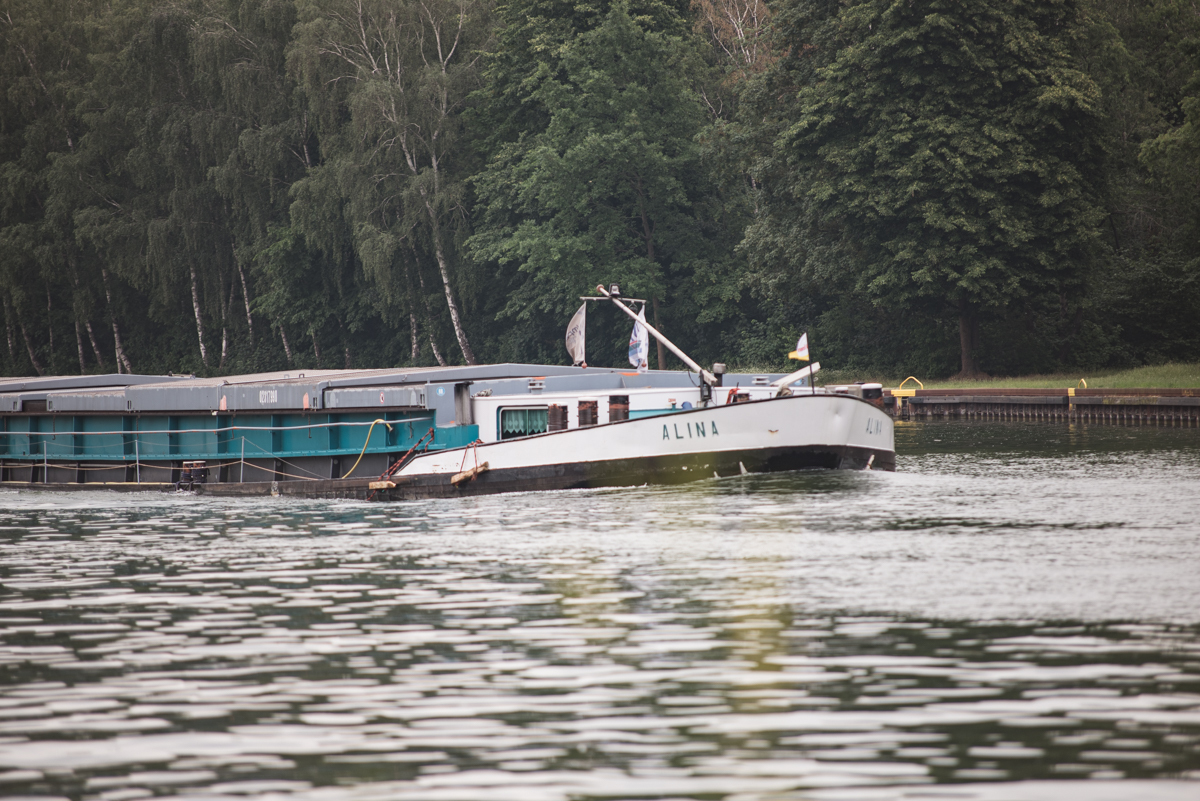
To name two …
It is often said that the carp pull behind the ships, which is why you often get a run after a boat. I have a picture in my head of a fat sealer who on the one hand, totally out of breath, is trying to keep pace with the freighter driving in front of him and, at the same time, rushing through the water column in a zig zag to collect my boilie, that were whirled up. Funny idea!
It may be that the time after a ship is productive because everything is in motion, but I cannot confirm that when it comes to carp fishing.
A statement that I’ve heard many times is: “It can’t be that difficult, the canal is only 60 m wide!” That’s right, it’s not wide. But if you take a look at the stretch on which the canal is only 60m wide, huge areas of a few hundred hectares come together in no time!
By Courtesy of Twelfefeetmag
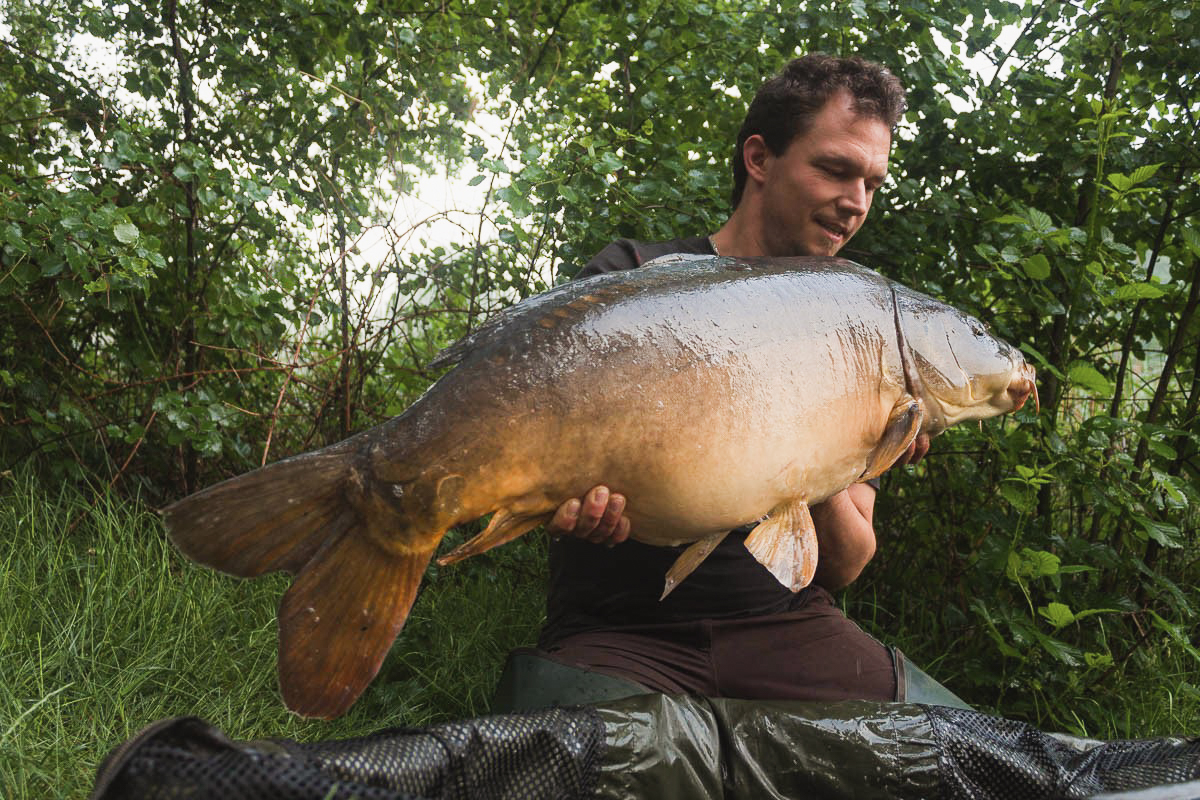

 WISHLIST
WISHLIST
